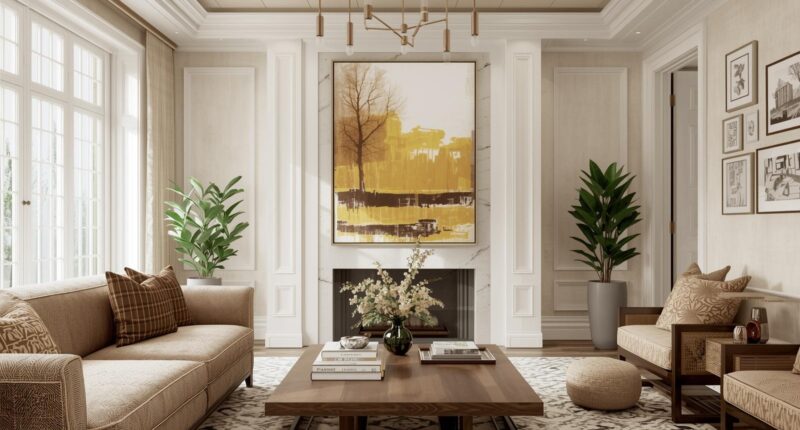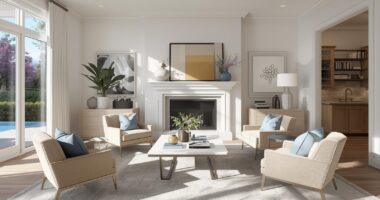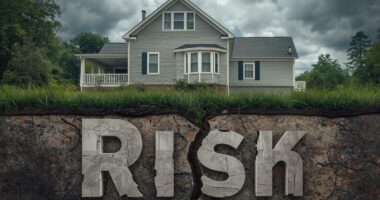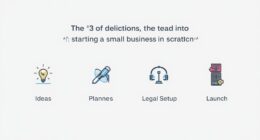Lifestyle-Driven Home Design Trends for 2025
Introduction: The Evolution of Home Design
As we step into 2025, the way people design their homes is becoming more reflective of their lifestyle choices than ever before. From wellness-inspired spaces to tech-driven living environments, lifestyle-driven home design trends are redefining how we experience comfort, creativity, and connection within our homes.
The modern homeowner seeks more than beauty — they want functionality, sustainability, and emotional well-being. This year’s trends blend innovation, nature, and personalization to create homes that truly enhance everyday living.
The Rise of Lifestyle-Driven Design
Unlike traditional design trends that focus purely on aesthetics, lifestyle-driven home design prioritizes how people live, work, and relax. These designs consider physical health, mental wellness, and social interaction as key elements of home planning.
Key Drivers Behind This Movement
-
Remote work culture: Home offices and multi-use spaces are now essential.
-
Health awareness: People want cleaner air, more light, and natural materials.
-
Technology integration: Smart homes enhance comfort and convenience.
-
Sustainability focus: Eco-friendly materials and energy-efficient systems dominate.
In 2025, homes are being built and renovated to support a more conscious and balanced lifestyle.
Table – Top Lifestyle-Driven Home Design Trends for 2025
| Trend | Description | Lifestyle Benefit |
|---|---|---|
| Biophilic Design | Incorporating plants, natural light, and organic materials | Improves mental health and air quality |
| Flexible Living Spaces | Adaptable rooms for work, fitness, or relaxation | Maximizes comfort and functionality |
| Smart Home Integration | AI-powered lighting, security, and energy management | Enhances convenience and energy savings |
| Wellness Rooms | Dedicated areas for yoga, meditation, or therapy | Promotes physical and emotional wellness |
| Sustainable Materials | Bamboo, recycled wood, solar systems | Reduces carbon footprint and energy costs |
These trends merge style and practicality, making homes healthier and more sustainable in the long run.
Biophilic Design – Bringing Nature Indoors
One of the strongest home design trends for 2025 is biophilic design, which connects people with nature.
By integrating indoor plants, natural textures, and daylight, homeowners create spaces that promote calmness and focus.
This design trend enhances well-being by improving air quality, reducing stress, and increasing productivity — making it perfect for both homes and home offices.
Natural tones like earthy greens, beige, and terracotta dominate walls and furniture in this design philosophy.
Flexible and Multi-Functional Living Spaces
With the continued popularity of hybrid work, people need homes that adapt to their changing needs.
In 2025, living rooms double as offices, dining rooms turn into study areas, and spare bedrooms serve as home gyms.
Examples of Flex Spaces
-
Movable furniture and foldable desks
-
Smart partitions or sliding glass doors
-
Modular layouts that evolve with family growth
This multi-purpose approach not only saves space but also promotes a minimalist and organized lifestyle.
Link: Explore our related article — How Community Amenities Can Transform Your Living Experience — to see how shared environments complement modern home trends.
Smart Home Innovations for Daily Convenience
In 2025, smart home technology has evolved from a luxury into a necessity.
AI-powered devices now handle everything from lighting and temperature control to energy monitoring and security.
Top Smart Features in 2025 Homes
-
Voice-controlled lighting and appliances
-
Smart thermostats for energy efficiency
-
Security systems with facial recognition
-
Automated air purifiers and humidity sensors
These technologies enhance both comfort and sustainability, reducing energy waste while improving quality of life.
Wellness-Focused Spaces
As health and wellness remain priorities, homeowners are dedicating entire rooms to mental and physical well-being.
The “wellness room” trend includes yoga zones, spa-inspired bathrooms, and meditation corners equipped with soft lighting and soothing sounds.
Benefits of Wellness-Focused Design
-
Reduces stress and promotes relaxation
-
Encourages physical fitness
-
Enhances emotional balance
Homes in 2025 are designed not just for living — but for healing and rejuvenation.
Sustainable and Eco-Friendly Designs
Environmental responsibility is at the heart of 2025 home design trends.
Builders and homeowners alike are embracing renewable materials, energy-efficient technologies, and eco-smart layouts.
Sustainability Practices in Modern Homes
-
Use of bamboo, reclaimed wood, and recycled metal
-
Solar panels and energy-saving lighting
-
Water-efficient systems for gardens and kitchens
-
Green roofs and walls for temperature control
These designs reduce environmental impact while creating eco-luxury homes that align with future living standards.
Link: Learn more about sustainable living solutions from Green Building Advisor, a trusted source for eco-conscious architecture and design insights.
Minimalism Meets Comfort
The minimalist trend continues, but in 2025, it’s evolving into “warm minimalism” — combining simplicity with coziness.
Rather than cold, sterile spaces, modern minimalism includes soft fabrics, neutral tones, and natural textures that create warmth and relaxation.
This shift reflects a growing desire for balanced simplicity, where less truly feels like more — but still feels like home.
Personalization Through Design Technology
3D printing and AI-assisted design tools are revolutionizing how homeowners personalize their spaces.
From custom furniture to tailor-made lighting layouts, people can now bring their unique vision to life faster and more affordably.
Impact of Design Personalization
-
Encourages creativity and individuality
-
Maximizes space and efficiency
-
Adds emotional value to homes
In 2025, homes are reflections of personal identity, blending technology with artistic expression.
Conclusion: Designing Homes That Reflect Modern Lifestyles
The lifestyle-driven home design trends of 2025 reveal a powerful shift — one where homes are not just about beauty, but about balance, purpose, and well-being.
From sustainable construction and smart technology to natural designs and multi-functional layouts, these trends define how people want to live in the modern world.
By aligning comfort, health, and innovation, homeowners can create spaces that truly support the way we live, work, and grow in 2025 and beyond.









